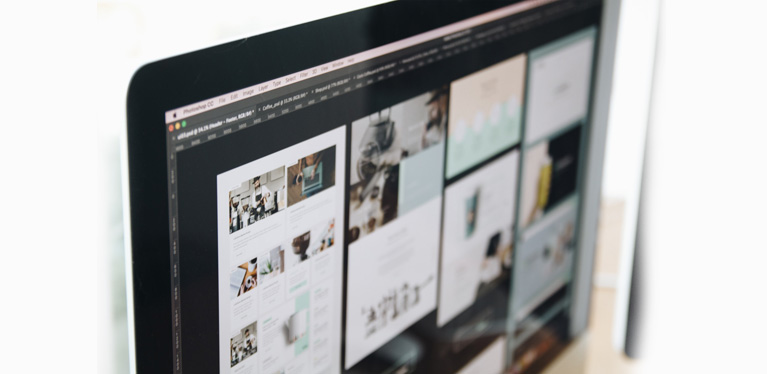Research shows that the average time spent by a consumer on a website is 45 seconds. Not minutes, but seconds! And with a million websites dwelling on the Internet, how would one make their visitors stay longer on their website? The answer is in web designing .
Understanding web designs is easy once you realise the needs of the website visitors and the vision of the brand. Sometimes it may seem overwhelming, especially when you are making changes to keep up with the latest trends, which is necessary, because traditional aesthetics go stale and boring in no time. But it is important that you translate the identity of the brand into your design. One of the best ways to achieve this is to choose images effectively for your website.
In this article, we will explore a crucial aspect of web designing that has stayed irrespective of the trend, i.e. images. Images trigger emotions, boost audience response, and increase engagement rates. Below are some image optimisation tips that every aspiring web designer should know.
1. Use the Right Image File Type
The common image file types are JPEG and PNG. PNG format is a lossless compression file format, which makes it a common choice for use on the web. But PNG is only a good choice for storing line drawings, text, and iconic graphics at a small file size. If your website intends to have photographs and realistic images then JPEG is your best bet. GIFs are acceptable for minimalistic animations.
2. Resize Images
Choose images in web-friendly sizes for the purpose of both beauty and function. Resize them to optimise page speed and appearance. This makes the website look balanced, and helps it to load faster. Image heavy websites take a long time to upload this resulting in higher bounce rates. According to Google, an image size less than 500kb is recommended. Compressing your images to 60-70% of original size is satisfactory. Use Compression plugins for this purpose.
3. Name Image Files & Add Alt Text
Website images improve SEO. Input the label for each image correctly and optimise its alternate text (Alt text) for SEO purposes. Do not waste the opportunity of boosting your SEO rankings with the right filename and Alt text. File names should be such that it gets readily accessed on google images. For example, instead of naming a file ‘Greenscreeneffect123.jpeg’, rename it to ‘before-and-after-green-screen.jpeg’. Use relevant titles and captions to describe the image.
4. Make it Social Media Friendly
Social media is a huge potential market for any business. To get the biggest social boost from your website images, make it easy for visitors to share your content by including buttons to instantly post to Facebook, Twitter, Pinterest and other social media sites.
For exclusive social media design tips, click here .
5. Create Attractive Website Banners
The purpose of a website banner is to create a focus point as they are the first thing noticed when a visitor enters the website. Hence, it is important to get the banner right as it only has mere seconds to capture the interest of a visitor and encourage them to stay on the website for further browsing. The only way this can happen is if the banner is attractive, unique and appealing to viewers. It has to convey the right message too. Its main purpose is to advertise your product or brand.
Implement these strategies before uploading image elements to a website. It will not only improve the website’s aesthetics, performance and SEO rankings, but also enhances the overall user experience.
Mastering these techniques will give you a head start in the web designing industry. To secure a career in the web & graphic designing, get the right skill sets with the help of a web & graphics course that suits your interests.


Comments